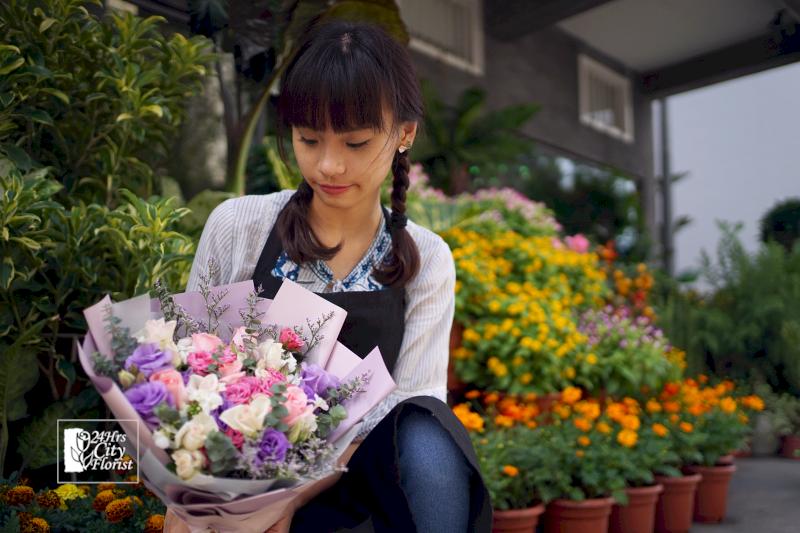
It is a well-known trialled and tested method that gifting flowers can help you get half the job done when you’re trying to make someone happy. Be it trying to pacify the partner, congratulating someone on a job well done, or wishing a loved one a happy birthday, or wishing someone to get well soon, or sending a condolence message – florists all around the world have been offering plants and flowers delivery since ancient Egypt which dates back to 2,500 BCE. The act of giving flowers have long had a very prominent place in these practices and occasions. I thought about what it is about flowers that can put people in such a happy place. Perhaps it is the aesthetic sight of a bouquet that lifts one’s spirits, or the thought behind the bouquet that makes us feel appreciated. Yet there are many other things in our midst that can mimic those traits of a gifted flower bouquet – so why specifically are flowers so attractive to us?
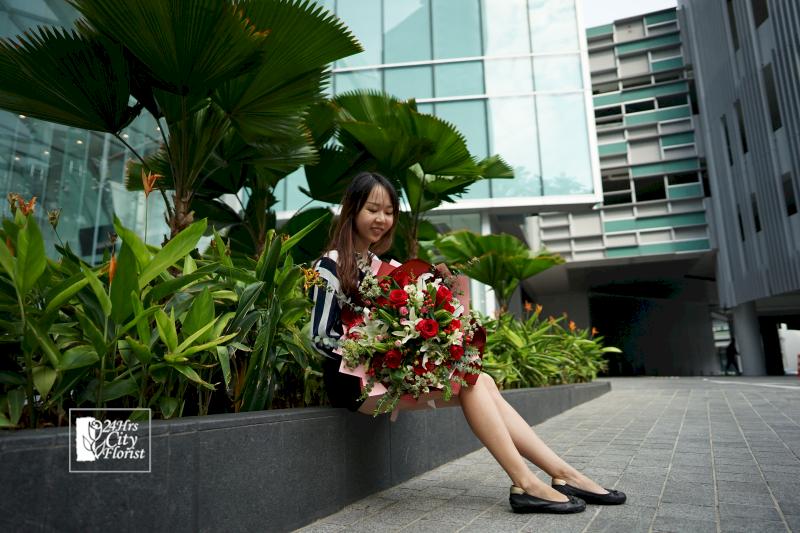
Turns out, being aesthetically pleasing is not the only reason flowers appeal to us. Flowers don’t just appeal to our eyes – they have tangible impact on our physiological well-being too. A 2014 experiment conducted in Japan found that office workers experienced an increase in parasympathetic activity upon viewing a vase of roses for 4 minutes. Parasympathetic activity essentially comes from the rest-and-digest system of the body, and is activated when our mind is in a relaxed and unthreatened state. The study reported that the heart rates of the participants in the experiment group was lower than that of the control group (which did not view any flowers in the room). From this study, they drew the conclusion that looking at flowers could potentially be a simple method to decrease stress levels and in turn improve the health of office workers.
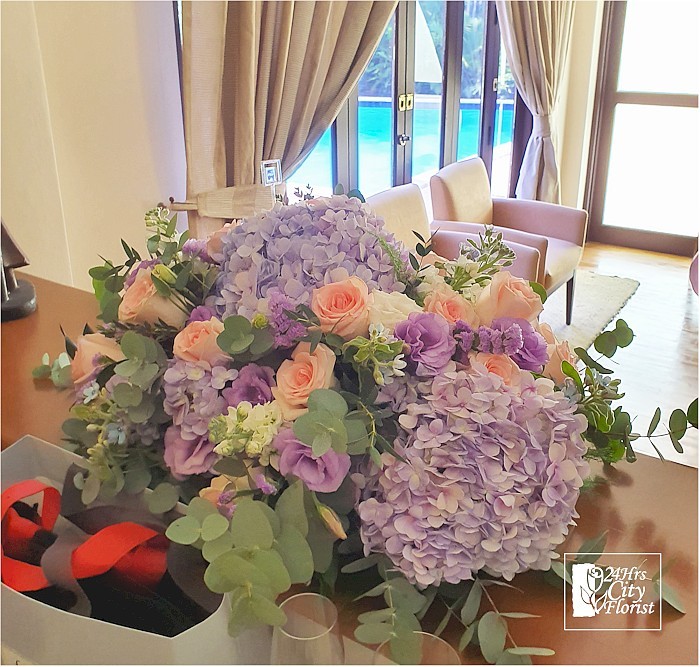
That’s not all. In 2008, an interesting clinical trial was published in the journal HortTechnology , and the trial showed that the presence of plants and flowers in the ward enhanced the recovery of post-appendectomy patients. Patients who were warded in rooms decorated with flowers were recorded to have taken fewer painkillers, which could imply that the flowers in the room helped to lower the patients’ perception of pain. These patients also had reportedly lower blood pressure and heart rate, possibly alluding to the positive physiological responses that flowers and nature can trigger in one’s body.
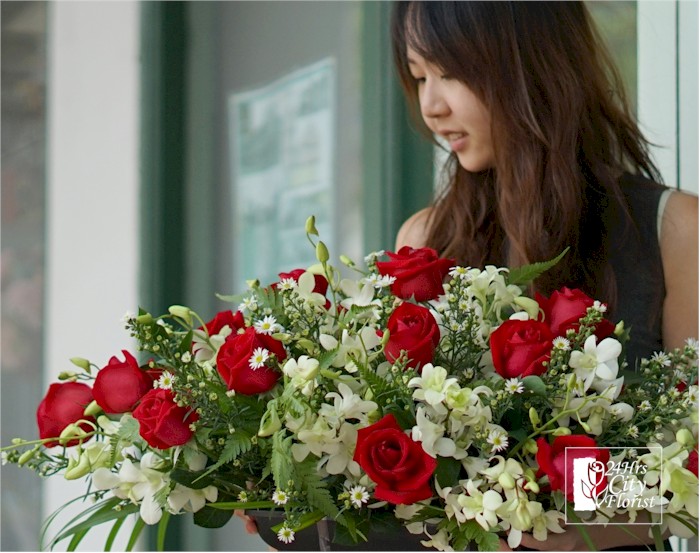
Apart from positively influencing our physiological state, flowers are also solid candidates for improving one’s psychological well-being. A 2012 Harvard Medical School study found that having fresh blooms at home can potentially increase one’s ability to feel compassion, reduce anxiety and worry, and decrease likelihood of depression. Such improvements in mood also translated to heightened work productivity and attitude, for participants were more enthusiastic and energetic about their job.
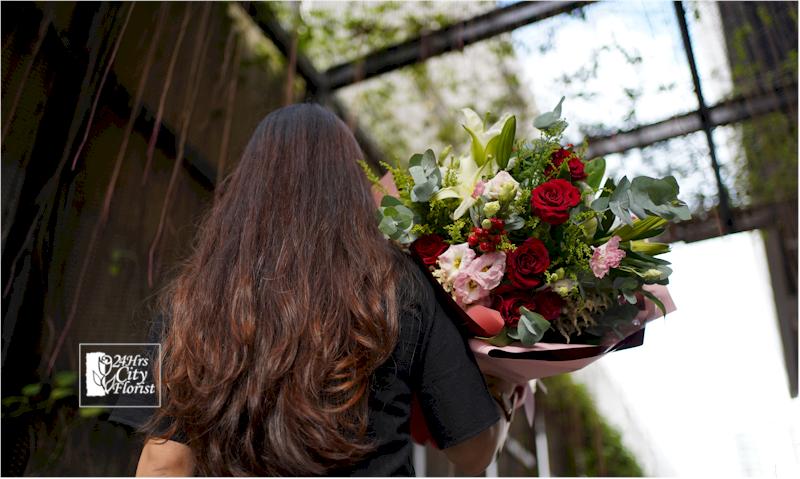
Another manifestation of the psychological benefits of flowers lies in the popularity of floral therapy. Floral therapy essentially encompasses a multitude of ways in which flowers can be used to heal. For example, one form of therapy could be engaging in floral arrangements. It could be as simple as gathering a bunch of stalks and going about arranging them in whatever way you please – it is the process of creating this artwork that soothes the mind and relaxes the body. Alternatively, people have also learnt to capitalize on the positive impact that flowers have on our other non-visual senses. These come in the form of floral fragrances, such as essential oils or perfumes made from floral scents. There is of course a cheaper alternative to experience such floral therapy – one simply has to walk into a flower garden to understand how therapeutic floral fragrances can be for the mind. Another 2013 study conducted in Japan examined the psychophysiological responses of 26 Japanese males to Japanese plum blossom fragrance. Physiological impact was determined by measuring the brain’s signals, while psychological impact was measured by conducting verbal surveys to evaluate the participants’ mood, emotions and mental images. What this study did differently from other prior studies was to use the floral scent natural diffused by the plant, instead of essential oils and fragrances. The findings of this study were very interesting – they found that olfactory stimulation with floral scents could evoke a physiological effect in the sympathetic nervous system in ways that were similar to excitement. Psychologically, the fragrance of the plum blossom also managed to reduce depressed feelings while eliciting joyous, stimulating and active images. All these just goes to show that there is scientific basis to the well-known positive impacts of flowers, gardens and nature as experienced by us in our everyday lives.
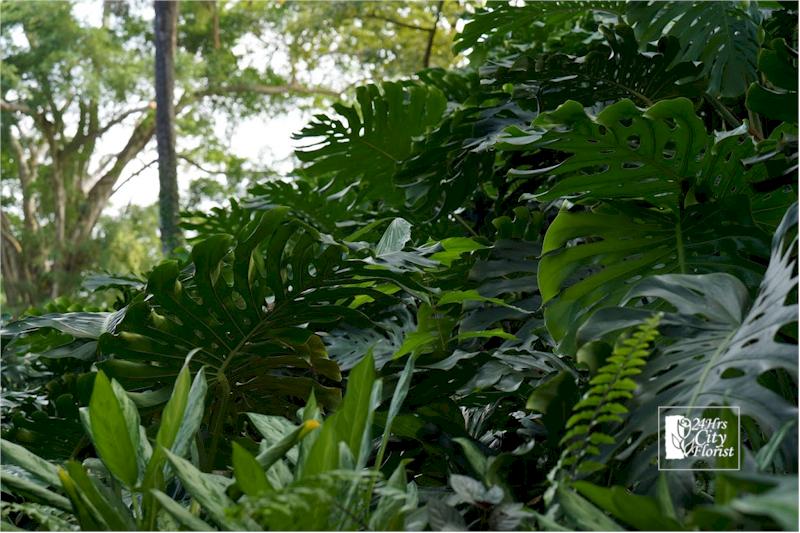
Yet despite knowing the positive impacts of flowers and nature on our body, I still wondered about why humans were attracted to flowers in the first place. What drew us to these beautiful artefacts of nature, before we even knew about all its positive benefits? Turns out, there is a theory called the biophilia hypothesis that could very well answer my curiosities. The biophilia hypothesis suggests that humans have an innate tendency to affiliate ourselves with nature, and this natural attraction stems from our evolutionary past, when people used to live in close proximity with nature. Evolution essentially favours anything that promotes survival, and considering the aforementioned positive benefits of nature, it makes sense that our bodies and minds have become attuned to seeking out nature for our own longevity.
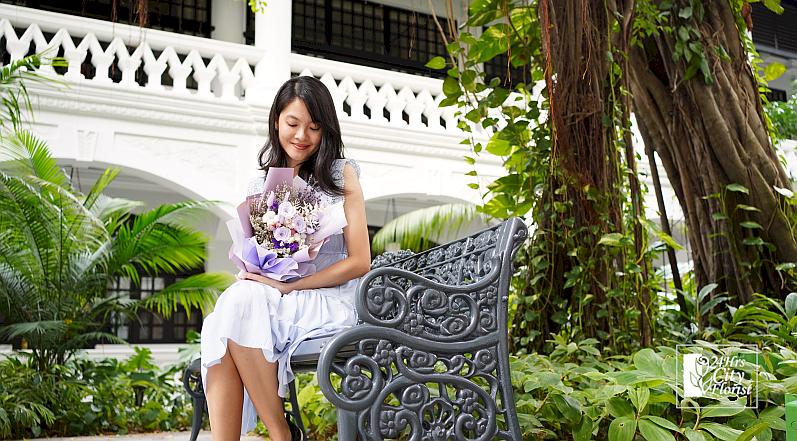
Probably unbeknownst to many of us, this affiliation with nature has manifested in the very nitty gritty of our everyday lives. Take the omnipresence of animals in worship, the use of animals in idioms (“let the cat out of the bag”), and most obviously, the prevalence of household pets. Sadly, with much gentrification and urbanisation, huge parts of nature have been taken away from people, and many of us have moved away from nature in search for jobs and aspirations.
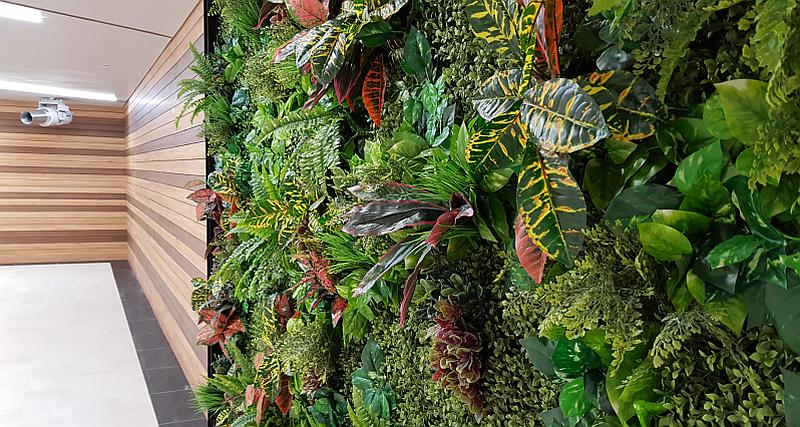
Living in small, land-strapped cities like Singapore and Hong Kong also means it is crazily expensive to live in areas large enough to set up mini-gardens and orchids in the backyard. As such, for the majority of us, our connection with nature has been reduced to just measly weekend trips to the park. Perhaps this is also why biophilic design has been rising in popularity in the interior design field of late – incorporating small bits and pieces of plants and flowers into our homes is the modern city dweller’s way of reconnecting with our intrinsic affiliation for nature.
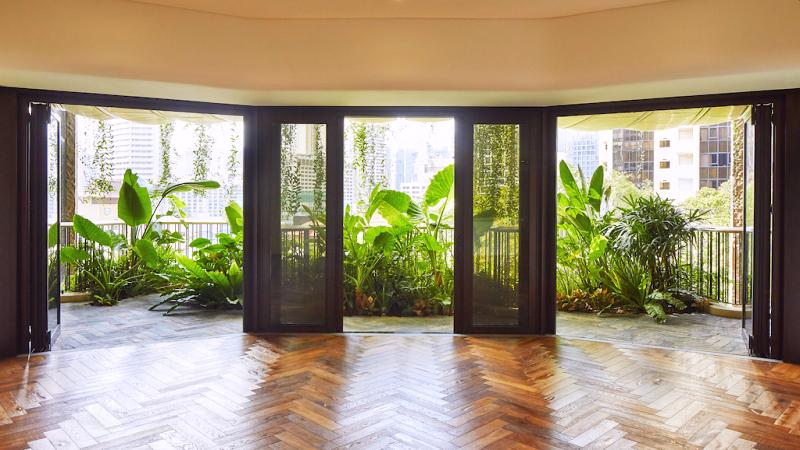
Luckily for us in Singapore, our founding father, the late Mr Lee Kuan Yew, had the foresight to envision a ‘Garden City’ concept for Singapore all the way back in the 1960s. While his motives were mainly political – he believed that a green city would lead foreign investors and tourists to view us as a city led by an efficient, organized and committed team, and hence attract investments and tourism – he did understand that widespread, complimentary access to greenery was a social leveller.
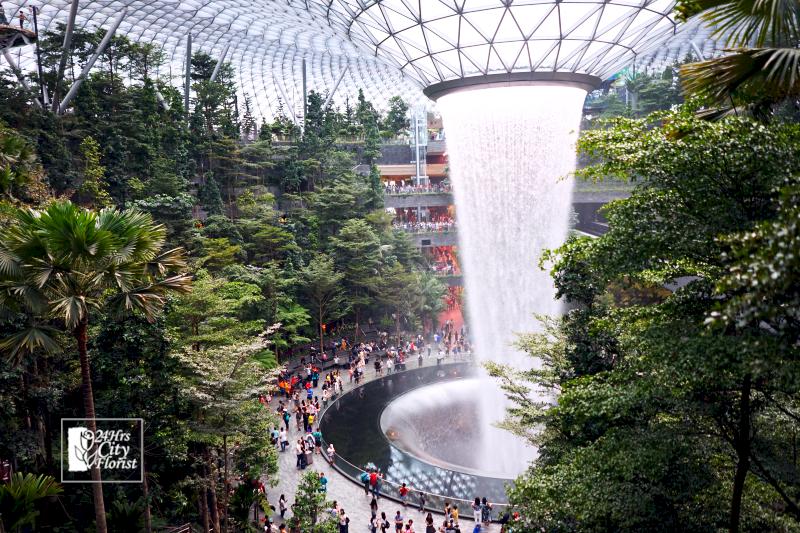
For a budding city where hard, gruelling work was required from most in order to flourish, a little access to nature and flowers probably did wonders to people’s mental health. Mr LKY’s plans were manifested in the iconic ECP expressway from Changi Airport into the city. Every of Singapore’s visitors will be greeted by lush greenery on both sides of the road and a scenic view of the sea as they make their way towards Singapore’s city centre. Without a doubt, this road has truly become a unique part of the travelling experience to Singapore. Back on the ground, Singaporeans were also not forgotten in the quest for a garden city. The 1960s saw an intensive tree planting programme, the 1970s witnessed dedicated park creation plans, and from the 1990s onwards, there was strategic building of park connectors and nature reserves to enrich the garden city experience and increase the accessibility of these little havens of nature to the everyday Singaporean.
Our government has not been the only one to tap on the concept of biophilia. Looking inwards, our Singapore hospitals have also been a forerunner in the incorporation of biophilic design into the hospital architecture. Khoo Teck Puat hospital (KTPH), Ng Teng Fong General Hospital (NTFGH), and Jurong Community hospital (JCH) are the three pioneering healthcare institutions in Singapore which took the first applaudable step in this direction. As previously mentioned, exposure to plants in the wards have proven to reduce patients’ perception of pain, their blood pressure and their heart rate. Another 1984 study of patients post-gall bladder surgery in a hospital in the United States also showed similar results when they had a window view of trees during their stay, as compared to patients with windows facing a brick wall. At NTFGH, it was the desire to create a healthy and healing environment for patients that drove the design process, as mentioned by Mr Foo Hee Jug, chief executive officer of NTFGH. At this hospital, there are 15 beautiful gardens for patients to access, and most windows in the wards give patients a view of calming greenery.
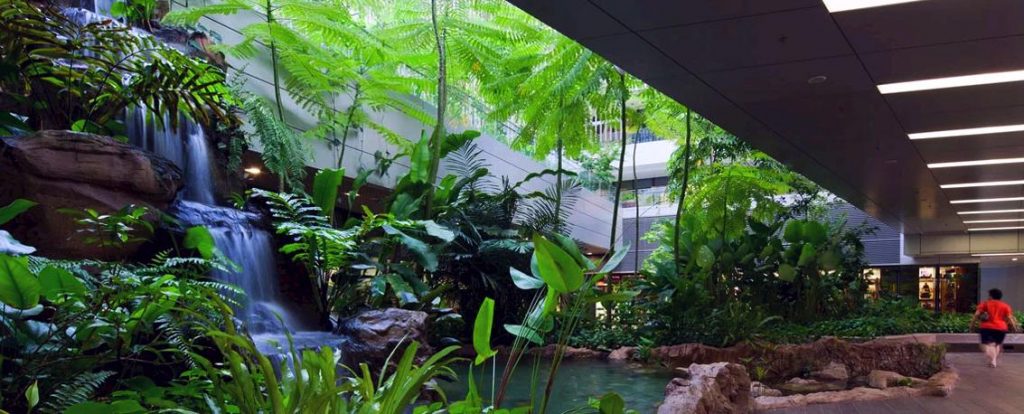
KTPH took it a step further and created a place where both patients, staff, and members of the wider Yishun community could enjoy and share the space together. CPG Corporation, the Singapore-based design firm which won the deal to design the new KTPH, had a goal to ‘deinstitutionalize’ the concept of a hospital and make it ‘look, smell, and feel’ unlike one. The planning team also wanted to ensure that the new hospital would add value to the residents in the Yishun area – not only be serving their healthcare needs, but also by enriching the landscape and biodiversity of the suburb. To date, they have definitely met and surpassed their goal. Just to throw in some impressive statistics – KTPH’s ‘biodiversity replacement initiative’ successfully brought in over 700 species of native plants, 100 species of fishes, 24 species of dragonflies, 60 species of butterflies, and 66 native species of birds to the area. In addition, there is a huge rooftop farm that is responsible for some of the fresh produce that forms the patients’ meals. When one first enters the hospital compounds, it is common to do a double take and question if you’re in the right place. The fragrances of the flowers mask the typical icy smell of medicine and chemicals, the chirping sounds heard in the lobby are a welcoming jingle, and the waterfall and outdoor bridges generously decorated in greenery all contribute to making one feel like they are in a park instead. The design team did such a good job at deinstitutionalizing the hospital, that when the hospital first opened in 2010, many students were spotted heading over to study!
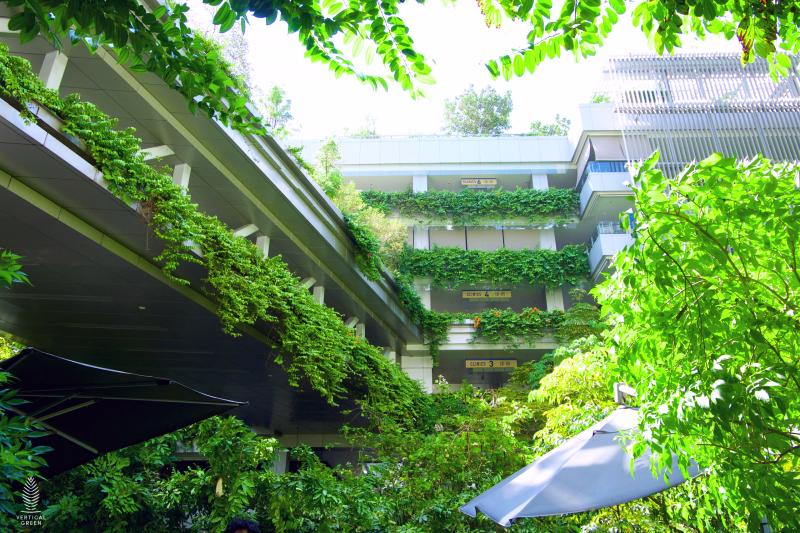
The most impressive aspect of this hospital is its ability to bring people from both the hospital and the vicinity to use the shared space cohesively. The design team had aspired to ensure that there were no physical barriers between the hospital and the adjacent park and pond, and their efforts have indeed proven successful. One can find people jogging along the 1km path around the pond situated beside the hospital, and Yishun residents practising tai chi on the platform outside the hospital. The hospital cafeteria is also frequented by not just patients and their families, but the residents as well.
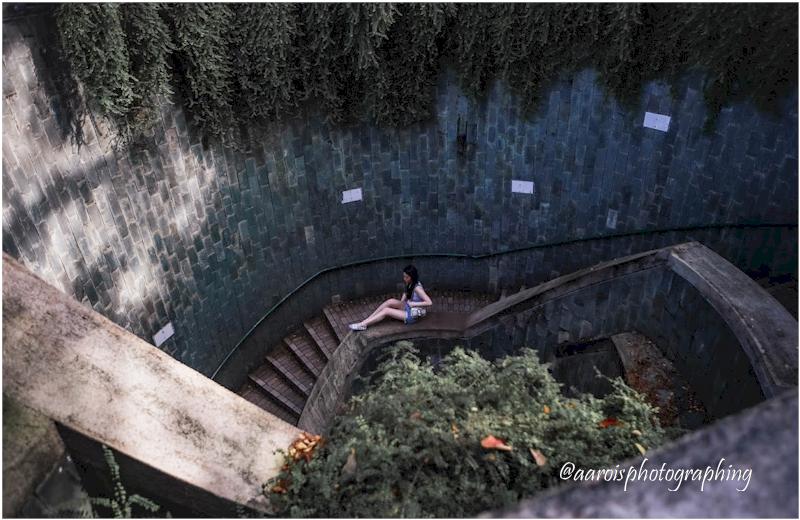
The impressive works of these three hospitals have definitely shown that it is possible to bring nature closer to home. While the definite relationship between biophilic design in hospitals and patient’s recovery has not yet been formally established due to the limited number of hospitals worldwide with such designs, the positive outcomes shown by our own healthcare institutions are a significant food for thought. It shows that humans really do find a natural attraction and affiliation with nature wherever we are.
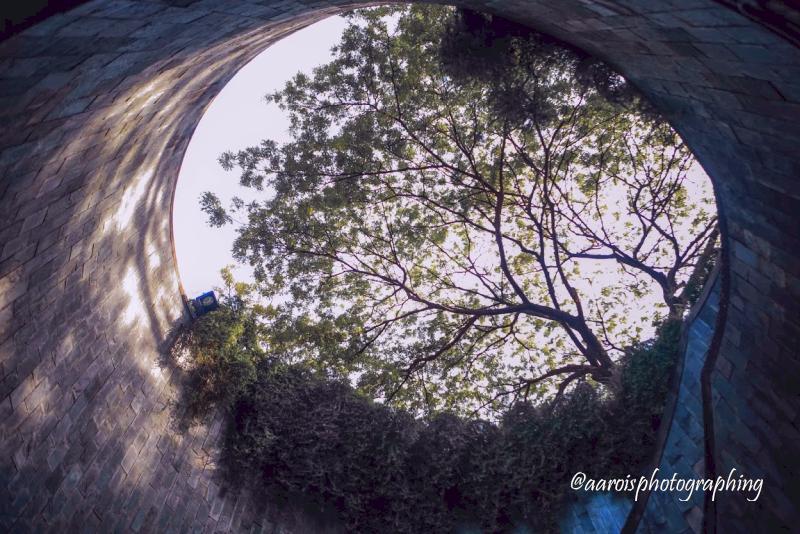
Now I hope these case studies have helped us understand a little better our intrinsic attraction to flowers and nature. The next time you receive a bouquet of flowers or spot a bush of wildflowers along the way, we hope you’ll take the time to appreciate the flowers with as many of your five senses as possible – admire them, smell them, touch them, and listen to the sounds they make when the petals rustle against the leaves or the bouquet wrapper. The calming effects of these little specks of beauty amongst our routine life are sure to be felt, both immediately and in the long term.
This opinion piece is written by Engracia Loh for 24hrscityflorist.com

Leave a Reply